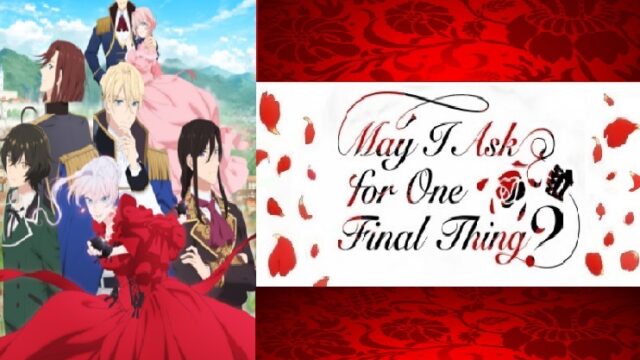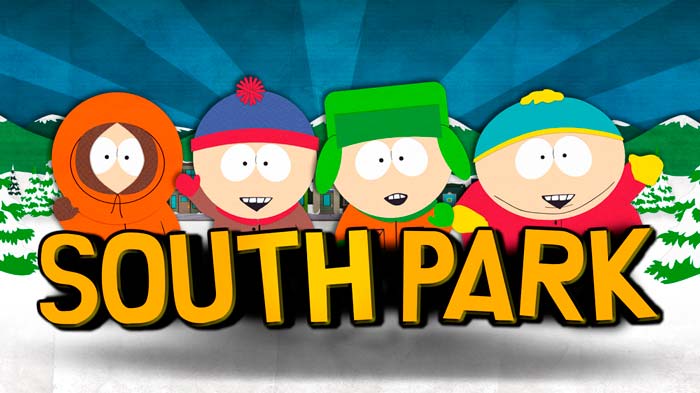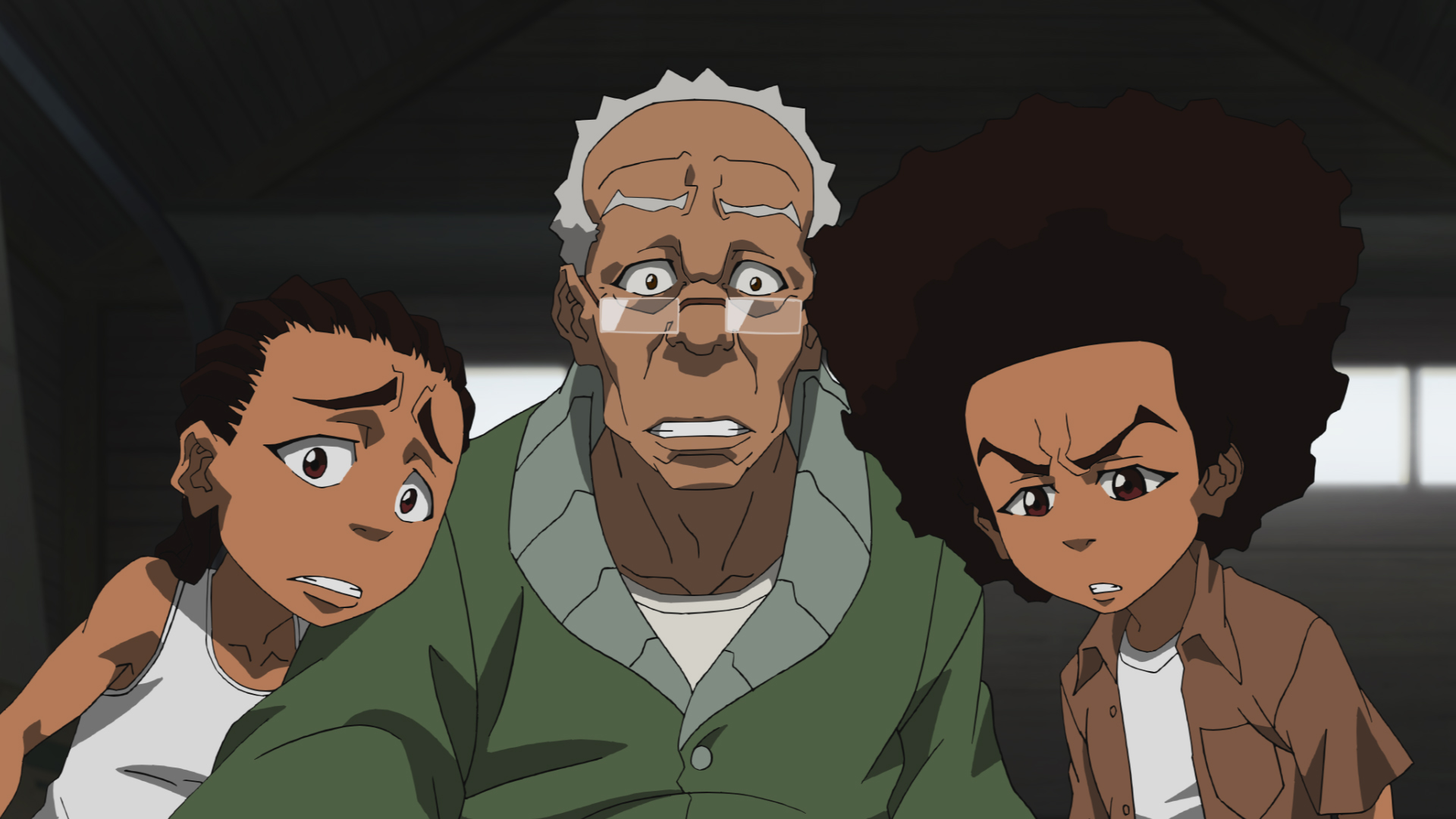Season Review: Gēmusetto: Death Beat(s)
Since moving on from their annual showing of the cult classic “The Room”, Adult Swim’s April Fool’s Day surprises have usually ended up being the start of something great, from kicking off the current run of Toonami to running an Australian take on Rick and Morty that would lead to the creation of “Yolo: Crystal Fantasy”. One such “prank” was the sudden and unannounced unloading of six nearly hour long episodes of a Perfect Hair Forever-esque anime parody called “Gemusetto Machu Pichu”, which, much like a lot of Adult Swim programming, felt more like an animated shitpost than a real show. This followed Makasu, the anime-fied self-insert of creator Maxime Simonet, who travels the world defeating South American gods and goddesses in the sport of tennis. But said show proved to be quite successful, leading to a second season renewal, which would make some drastic changes to the story. Some helped to add to its unique brand of humor and storytelling, others kinda made one feel like this should have stayed in the joke holiday.
Following the end of the first season, Makasu has burned to death challenging Inti the Sun God, who turned out to be his friend, the God of Tennis, in disguise. But upon entering the afterlife, Makasu learns that his many years of theological conquest is causing the human and spirit worlds to converge. As such, he must team up with a doctor made of fingers, a former bully with noodle arms, and spiritual sea captain with a boob on her forehead, and a talking musical battle amphibian in order to finally redeem himself. Though he’ll have to face every manner of multi-cultural mythology, all out for his head, while he looks for the Center of All Death in order to reset the clock on the universe.
Makasu, as the only main character who returns from the first season for the entirety of this one, continues his vague but surprisingly heavy character development of learning move past his narcissistic dreams of selfish gain and learns to become more empathetic and make more connections. This forces him to grapple with his own fears of abandonment and rejection, which he sometimes succeeds at and sometimes fails. But his path to redemption for both his actions and for (in a way) his own soul ends up being surprisingly complex despite how laden it is with jokes, and it extends to other characters around him who end up gravitating to his journey. Josie, a bit character from a flashback of last season, fulfills the role of the anime best friend with a weird accent, with finger-centric Dr. Legs acting as the mentor role, though other characters are harder to place in specific tropes, and no I’m not avoiding mentioning them just so I can avoid looking up how to spell their names, what are you talking about?
As mentioned, this season drops the tennis from the battle mechanics in favor of a mish mash of battling monster tropes with music themed animals like key-tar frogs, drumming turtles, theremin manatees and so on. This is kind of both a blessing and a curse, as it breaks away from even its loose version of portraying tennis in favor of completely making up a battle system for these weird creatures, allowing it to both be free to do whatever they want for a battle, but also end up making every battle feel like just a bunch of random shit where anything could happen so there’s no real way to get invested. Still, they’re funny for anyone like me who enjoys this show’s brand of humor, so it works on the comedic level at least.
And it’s also worth mentioning that the series makes use of its setting in the afterlife very much to its advantage, creating a very imaginative merging of separate and distinct afterlifes that make every fight stand out and keep from feeling samey or boring. I have no idea how accurate to their respective cultures these are and I’m not going to try looking it up now, but it shouldn’t matter on that front as long as it’s entertaining and isn’t punching down unnecessarily on the cultures involved. One fight could take in a snowy hell ruled by a giant or a suicide victim cityscape or a stone built temple and none feel too much like the other. It’s like it has all the anime bullshit that I love and it makes me invested even when I know it’s bullshit.
Part of me hopes that Gemusetto will get a third season, especially since there are hints that it might go in a Jojo-ish direction of switching out the protagonist, but another part of me wonders if that just means the joke will go on for too long. However, when it comes to this season, I think it did a more or less good job at continuing the story and keeping the joke alive, even in the afterlife. No idea when or if we might see these characters again or even if we should, but even with the divisive choice to put this on Toonami, which also came back for April Fools, I think this is worth a bit more exploration. At least until we reach the center of its death.
























"There are also other characters that come and go (also owned by the Warner Bros. Discovery conglomerate media company)."
Huh. Is that just referring to other characters from the show itself, or is this implying that the new season is going to have cameos from other WBD IPs